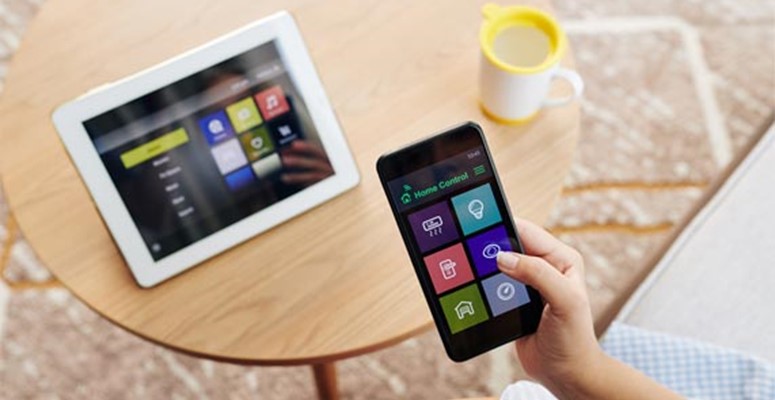Smart Meters
Smart meters provide both you and your energy supplier with accurate, real-time information about your gas and electricity usage. Unlike traditional meters, smart meters automatically send readings to your supplier via a secure wireless network, eliminating the need for manual meter readings and estimated bills.
Each smart meter installation includes:
- A smart electricity meter (connected to the mains)
- A smart gas meter (battery-powered, sending readings every 30 minutes)
- An in-home display (IHD) showing your energy usage and costs in real time
By giving you clear, up-to-date information, smart meters can help you better manage your energy use and reduce costs. Many suppliers also allow you to track your usage via an online account or mobile app.
How Smart Meters Work
- Smart electricity meters monitor your power use continuously and transmit the data securely.
- Smart gas meters ‘wake up’ every 30 minutes to send readings to your electricity meter, which then relays them to your supplier.
- The system communicates through the Data Communications Company (DCC) network, ensuring accurate and secure data transfer.
Smart meters differ from standard energy monitors, which only display consumption data but do not communicate it to your supplier.





